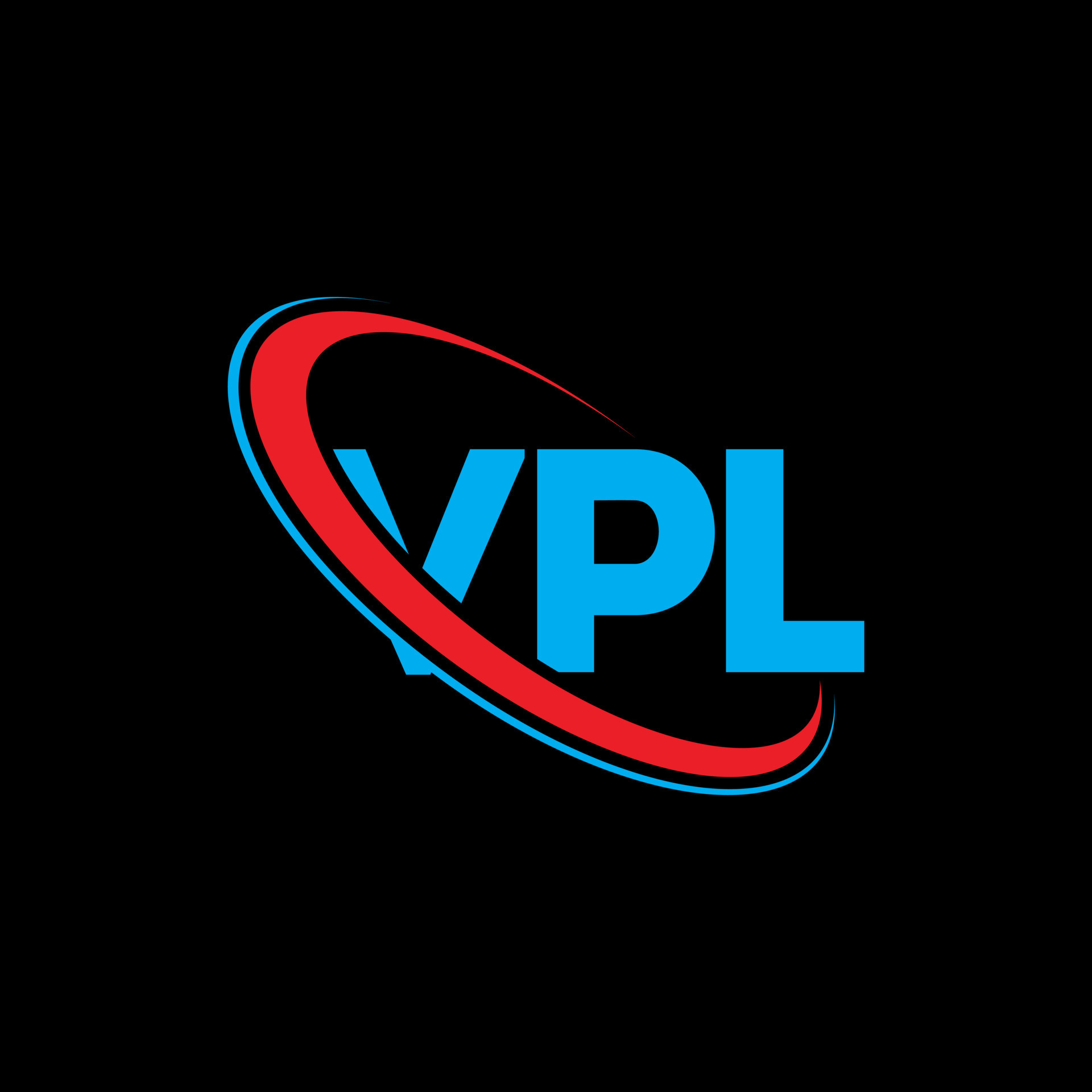In today’s fast-paced and technology-driven world, businesses and organizations are constantly seeking innovative solutions to enhance their operations. One such solution that has gained immense popularity in recent years is VPL Traject Login. This cutting-edge system has revolutionized the way businesses manage their processes, streamline their workflows, and ensure secure access for their employees and stakeholders.
VPL Traject Login is a robust and user-friendly platform designed to simplify authentication and access control, providing an efficient and secure way for users to log in to various systems and applications. Whether you’re a small startup or a large enterprise, the benefits of VPL Traject Login extend across industries, offering a seamless and integrated login experience for users while significantly improving data security and management.
we will delve into the world of VPL Traject Login, exploring its key features, advantages, and how it can empower your organization to take a giant leap forward in terms of efficiency, security, and user experience. Let’s embark on this journey to discover the transformative potential of VPL Traject Login.
Challenges in Virtual Programming Language (VPL) Trajectories’ Early Days

Limited Adoption: When VPL Trajectories first appeared, traditionalists who were used to text-based programming resisted them. Because developers were apprehensive to switch from their comfortable coding environments to graphical representations, this hindered their acceptance.
Lack of Standardization: Early on, there wasn’t much uniformity across the various VPL Trajectories. Because each tool had an own vocabulary and structure, it was challenging for developers to transfer across platforms or work efficiently with others.
Performance Issues: VPL Trajectories struggled with performance issues, especially when dealing with resource-intensive tasks. The generated code was often less efficient than hand-written code, which hindered their adoption for performance-critical applications.
Educational Barriers: VPL Trajectories were initially challenging to introduce in educational settings. Teachers and students had to adapt to a different paradigm of teaching and learning programming, which required time and effort.
Debugging Complexity: Debugging visual applications presented yet another difficult task. Particularly with large and complicated projects, finding faults in a visual representation was frequently more difficult than using conventional debugging techniques.
Limited Ecosystem: The early VPL Trajectories lacked a robust ecosystem of libraries and extensions, restricting their capabilities and versatility for various application domains.
Scalability Concerns: Scaling up VPL Trajectories for enterprise-level applications posed difficulties. Many early solutions struggled to manage the complexity of large-scale software projects.
Despite these challenges, the perseverance of developers and the demand for more accessible programming tools paved the way for improvements in VPL Trajectories. Over time, these hurdles were addressed through standardization efforts, enhanced user interfaces, performance optimizations, and increased educational support.
Learning curve and paradigm shift:
The learning curve and paradigm shift associated with adopting new technologies and methodologies can be both exciting and challenging. Let’s explore these concepts in detail.
Learning Curve
The learning curve refers to the rate at which an individual or organization acquires new skills or knowledge when they start using a new technology or methodology. It represents the progression from being a novice to becoming proficient or even an expert in the given area. Learning curves are inherent to any form of growth or adaptation and can vary significantly depending on the complexity of the subject matter.
- Steep Learning Curve: Some technologies or methodologies have a steep learning curve, meaning they are initially difficult to grasp. This often requires a significant investment of time and effort to become proficient. For example, learning advanced programming languages or mastering complex software tools can have steep learning curves.
- Gradual Learning Curve: Conversely, some technologies have a more gradual learning curve, making them relatively easy for beginners to pick up. These may include user-friendly software applications, basic coding languages, or entry-level skills in various fields.
The learning curve is not just about acquiring technical skills but also about adapting to new ways of thinking and problem-solving. It involves overcoming challenges, making mistakes, and continuously improving.
Paradigm Shift
A paradigm shift represents a fundamental change in the way we think, perceive, or approach a particular concept, technology, or methodology. It is a transformative change that can have far-reaching effects on various aspects of society, business, or industry. Paradigm shifts often result from disruptive innovations or the emergence of groundbreaking ideas.
Examples of Paradigm Shifts:
- The transition from analog to digital technology in various industries (e.g., photography, music, telecommunications) was a significant paradigm shift.
- The shift from traditional brick-and-mortar retail to e-commerce transformed the retail industry.
- The move from fossil fuels to renewable energy sources represents a paradigm shift in the energy sector.

